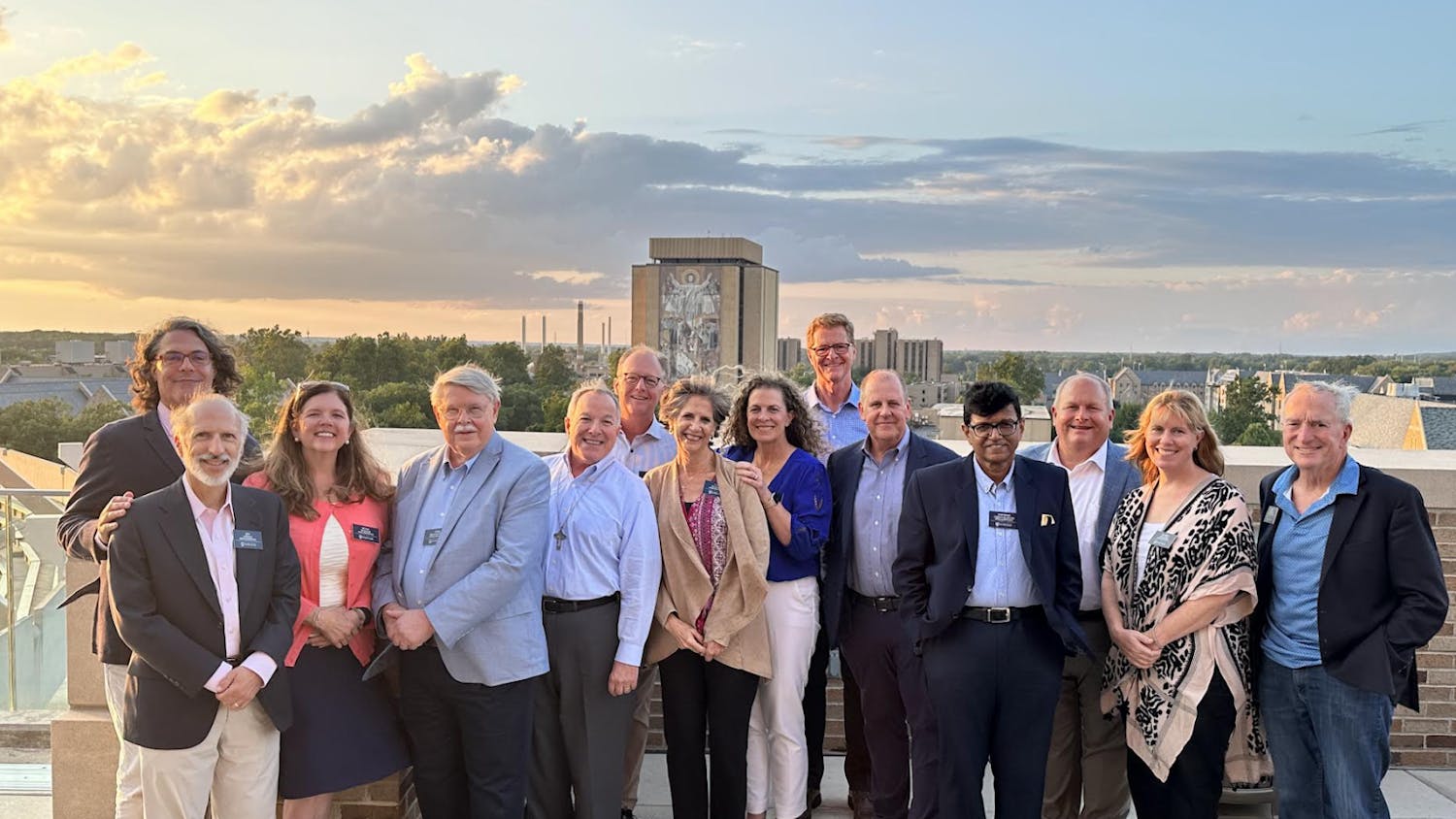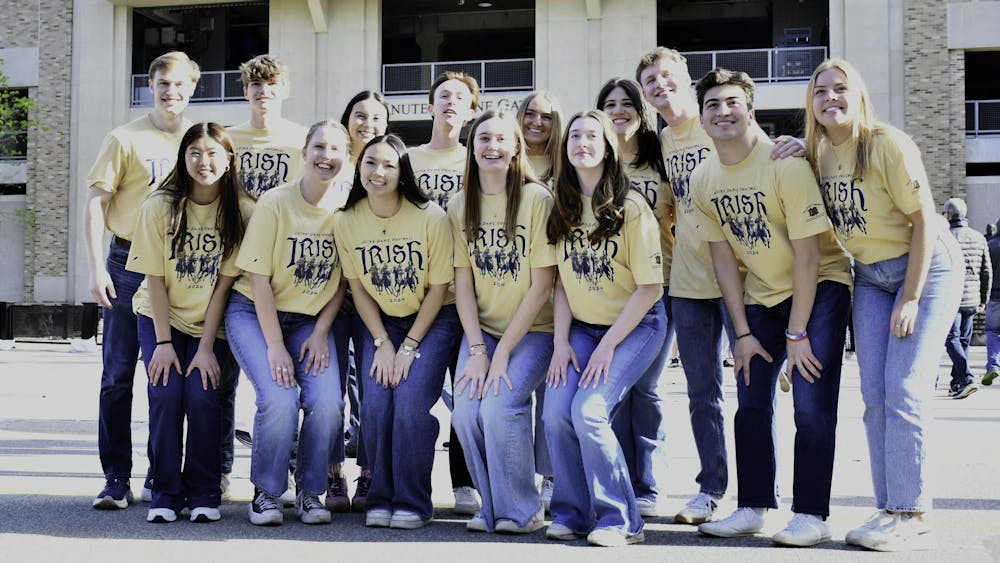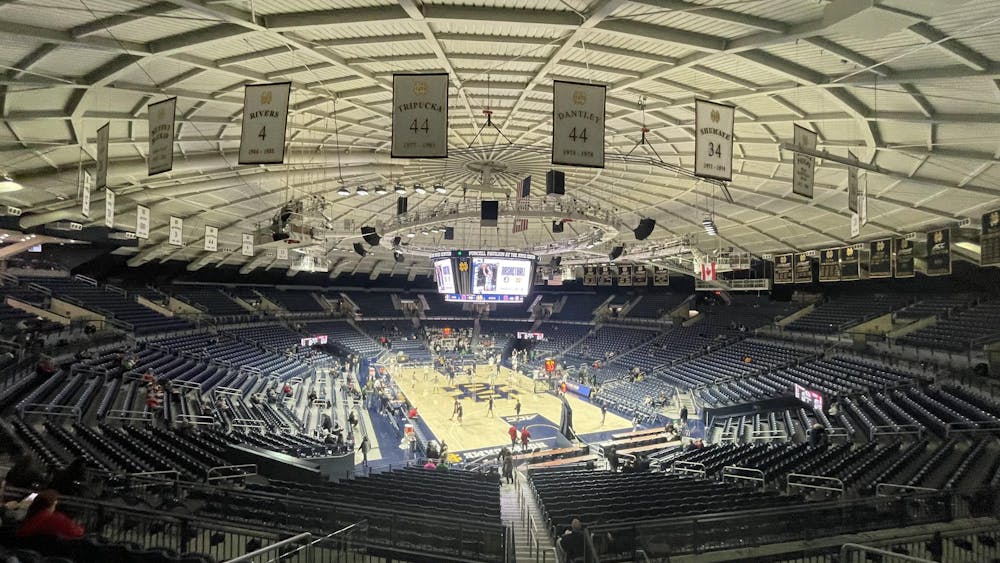American cultural historian Brian Ingrassia discussed the influence of college football on today's universities in a lecture Friday at the Hesburgh Center for International Studies.

Ingrassia, an American history professor at Middle Tennessee State University, extensively studied the influence of football on American culture for his recent book, "The Rise of the Gridiron University: Higher Education's Uneasy Alliance with Big-TimeFootball."
"One autumn day about ten years ago I was watching a game in person and started wondering how American colleges had ended up with the ritual of so-called 'big-time' football," he said.
Ingrassia said he began researching the history of football in relation to the historical changes in the structures and aims of universities since the 1800's.

"What I discovered was that many university administrators and professors consciously embraced football in the early-1900's Progressive Era as a way to help make institutions of higher education legible to taxpayers and non-academics," Ingrassia said.
To research for his book, Ingrassia traveled to archives around the country, including a number of Big Ten universities such as the University of Michigan and Ohio State University, as well as the University of Chicago, Harvard University and Georgia Tech. He noted the views of several intellectuals on football's place in top universities in the early 1900's.
Edmund James, president of the University of Illinois from 1904 to 1920, felt students and professors at top universities, who were intellectually fragmented among different departments, were united by football, Ingrassia said.
"Another intellectual of the time, G.T.W. Patrick, a professor of philosophy at the University of Iowa and author of 'The Psychology of Football,' explained that football was good for modern men because it allowed them to re-capture the elements of Darwinian civilization," he said.
Ingrassia said social scientists in the early 1900's studied football and promoted its development because they thought it would help teach morals to younger people. Coaches such as Fielding Yost, John Heisman and Knute Rockne stressed their missions to discipline players as well as spectators, Ingrassia said.
"These coaches were making this argument at the same time that athletic departments were being created at many universities and coaching itself was becoming a profession," he said. "So this argument was a way for them to assert their identities as professional university educators."
Ingrassia also discussed the significance of stadiums on college campuses.
"By the 1920s, I argue, football gained permanence at many campuses when big, reinforced-concrete stadiums - especially many war memorial stadiums - were built around the country," he said. "Today, a stadium is a permanent space on campus that brings about ideas of a bygone society."
Erika Doss, professor and chair of the department of American Studies, said Ingrassia's talk is relevant to Notre Dame because football is the largest culture that exists at Notre Dame.
"All top research universities have chairs of different departments, which compete for funds and resources," Doss said. "Football fits into this perfectly because as new rules were created and coaches' salaries increased in the early 1900's, it became another aspect of the professionalism that was occurring on college campuses."












